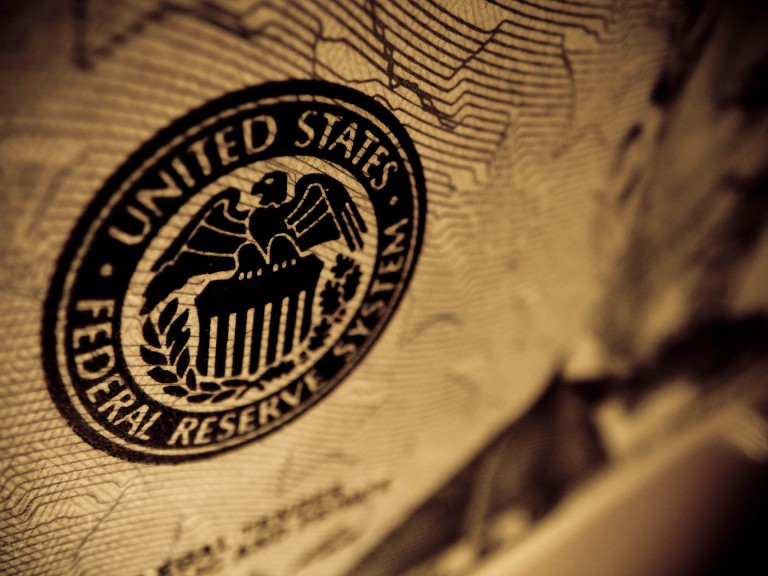
If you want to know if a Federal Reserve rate hike is coming next week on September 21st after the Federal Open Market Committee (FOMC) meeting, look no further than this week’s Consumer Price Index (CPI) numbers. Why? Because the only thing that will inspire the Fed to hike interest rates right now is inflation.
Investment banks like Goldman Sachs Group Inc. (NYSE:GS) and other financial prognosticators that survive on bailouts because they have a very bad record of predicting recessions and their resulting banking crises, will every so often publish one of those chances-of-a-rate-hike prediction tables. One day it’ll be 35%. The next day it’ll be 45%. Then it might go to 55% and back to 40%.
Does anyone know how these chances are actually calculated? Is there a formula, or does whoever writes these press releases given to both clients and non clients of these banks just think up a percentage off the top of his head, prepare the bank to trade off of the remark, and put ink to paper? And if there’s a formula, what is it?
Chances are, if there is any hunch at all, it is just based on the personal feelings of some official at some bank with some kind of loose personal connection to some FOMC member, and keep in mind that FOMC members are just as fickle as Goldman Sachs employees. Maybe someone has a hunch and publishes it. Then Goldman Sachs or Morgan Stanley (NYSE:MS) simply set up to trade the other side of whatever statement was made, and then profit off of it for a short term gain.
So, if we assume that published statements by investment banks are made in order for the banks themselves to put in a short term trade and make a profit (why else would they hand out their estimation to everyone, client and non client alike?), then nobody really has any idea what the Fed is actually going to do. Does the Fed itself? Evidence would suggest that it does not, or it wouldn’t change its mind every month between the messages it conveys and what it actually does.
There are two things that the Fed definitely wants to prevent though. The first is a recession or crash, and the second is obvious inflation. Considering the very tight labor market, a healthy positively sloping yield curve, and increasing money supply, there is little to no chance of a recession on the horizon. There is a chance of rising prices, however, so that is what the Fed is going to focus on, and possibly the only substantive thing it will focus on.
Conclusion? Ignore the investment banks, ignore the Fed futures market and use it only as a guide for the magnitude of what may happen to stock prices if the Fed futures market guesses right or wrong, and focus in on the CPI.
If the next CPI numbers, to be published at 8:30am on September 16th, surprise to the upside, then count on a rate hike. If they surprise to the downside, expect a rate hike to be delayed. If they meet expectations, it could go either way. In any case, traders will have four trading days to set their positions if the CPI comes in much higher or much lower than expected, plenty of time to assess risk/reward for any positioning strategy. And if the CPI meets expectations, either straddle or hold your capital to be deployed another day.




